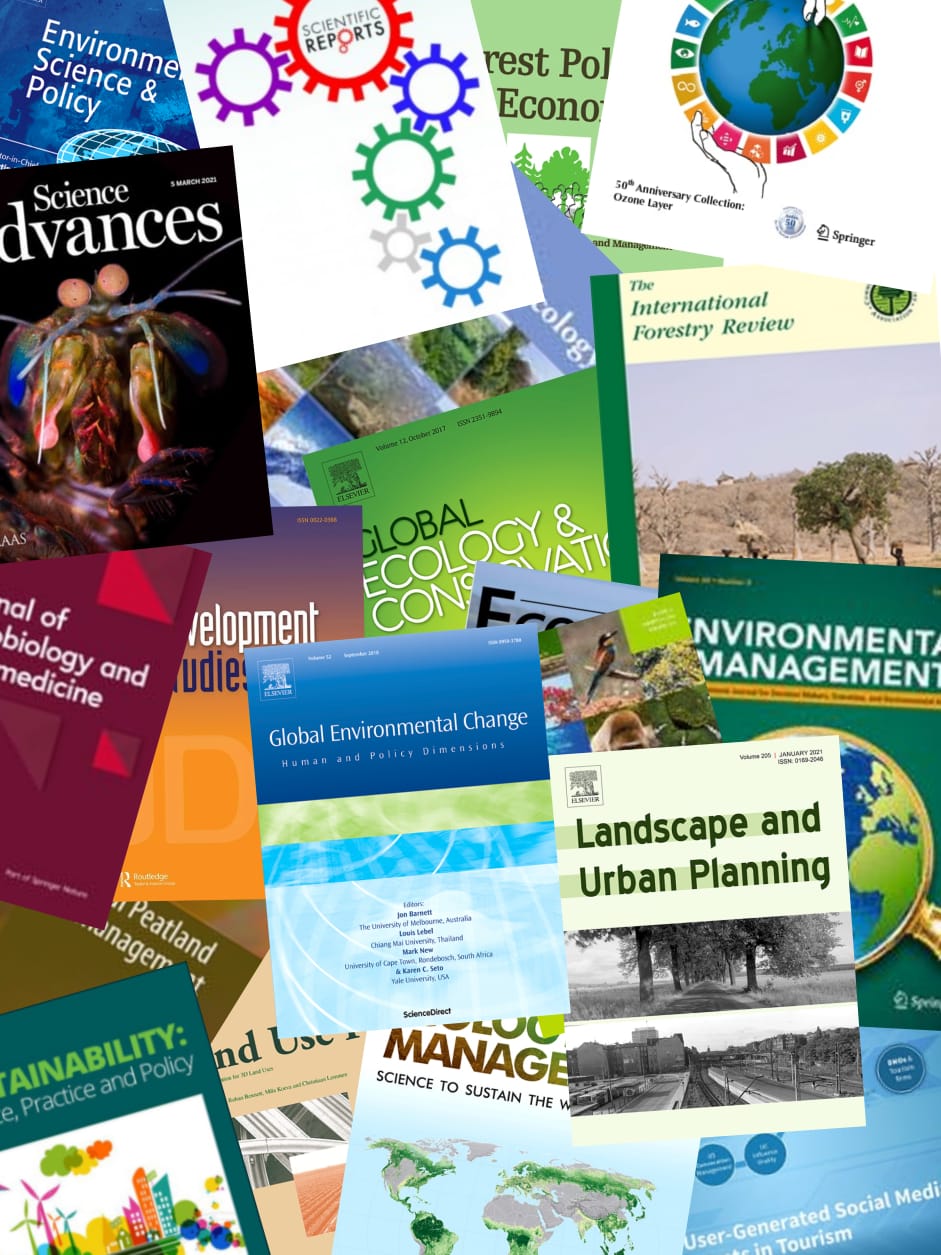The aim of this study was to investigate the potential use of epiphytic corticolous lichens as indicators of fire history in the cerrado (savannas) of central Brazil. Work was carried out at the Reserva Ecologica do IBGE and the Jardim Botanico de Brasilia, 33 km outside Brasilia D.F., in ten plots of cerrado dense within the 'Fire Project' area. Each plot was subjected to a specific prescribed burning regime, with study sites varying from a plot protected from fire for over 20 years to a plot burned every 2 years. Research was carried out in two stages: (1) a preliminary survey of plots with different fire histories, measuring variables about the lichen habitat and the lichen communities present in the habitats; (2) lichen sampling in plots with different fire histories, where collection and identification of lichen species took place. Field techniques used included plotless sampling, and identification of lichens was carried out using taxonomic keys, both in the field and in the laboratory. The results show that fire is a major determinant of epiphytic corticolous lichen communities in cerrado dense vegetation. The abundance, distribution and recolonization of lichen communities can clearly be correlated with the frequency and behaviour, in terms of homogeneity and flame heights, of the fires that have occurred in each of the plots surveyed. Particular lichen species also show differential sensitivities to fire frequency and behaviour. This study shows that responses of corticolous lichens, at both the community and species level, can be used as bioindicators of fire history in areas of cerrado dense vegetation in central Brazil.
View source

